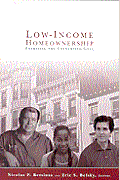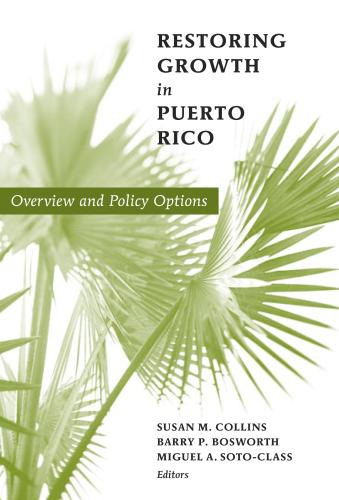In politics, as in life, you often get what you measure. Regular empirical assessments are made of the state of the public finances, the budget deficit, unemployment, economic growth, numbers in poverty, and so on. As a result, policy is aimed at shifting the needle on these dials. But what about mobility and opportunity? The United States sets great store by the ideal of upward mobility—the American Dream, meritocracy, Horatio Alger—well, you know the rhetoric. But where are the measures of success?
Upward Mobility: A Bipartisan Objective
In an age short on bipartisanship, this is one area where politicians from both sides of the aisle agree. President Obama says: “Opportunity is who we are… but upward mobility has stalled.” Rep. Paul Ryan (R-Wis.) says: “Upward mobility is the central promise of life in America: but America’s engines of upward mobility aren’t working the way they should.”
Both have noticed the mounting academic evidence that rates of intergenerational social mobility in the U.S. are low, and flat. A chance for bipartisan work to improve social mobility has presented itself; a precious moment, which ought to be seized.
But rather than moving straight to policy, where agreement is unlikely to be found in the near term, our first step should be to agree to an architecture for policy, including official measures of mobility. If upward mobility is so important, it would be good to know how much of it we have, and what the trend is. Even if we can’t agree about the best ways to promote intergenerational mobility, we can surely agree that we should know whether it is in fact being promoted. Of course there is some good academic and think-tank work around, but this does not have the status of official data. Would we leave the measurement of economic growth to non-government agencies, funded by philanthropists?
In “Planning the American Dream: The Case for an Office of Opportunity,” a new paper for Brookings published today, I propose the adoption of an overall measure of social mobility; the creation of a set of leading indicators predictive of social mobility; and the establishment of a small agency—an Office of Opportunity—charged with the collection, publication and promotion of data on progress towards greater social mobility.
Let’s Measure Mobility, Officially
It ought to be possible to agree on an overarching, single measure of progress in terms of social mobility. I propose the following: the proportion of Americans born in the bottom quintile, making it to one of the top two quintiles as adults. In a world of perfect mobility, that number would be 40 percent. Right now, according to one analysis, it is 13 percent—and has been flat in recent decades. Perhaps a better measure can be agreed upon, but this one seems close to the intuition behind most of the political rhetoric: that those born on the bottom rung should have a decent chance of rising up the ladder.
And Create a Dashboard of ‘Leading Indicators’
It takes a generation to measure intergenerational mobility. But there are more immediate indicators of likely trends, short-term symptoms of long-term issues. A dashboard of these leading indicators should be created and updated annually. (The U.K. government publishes 17 that have been independently judged to be powerful predictors of long-run mobility.) These indicators might be organized around key life stages.
Importantly, the indicators will be of gaps in achievement of various benchmarks. Increasing college graduation rates will not improve mobility rates if most of the increase is made up of students from affluent backgrounds. Expanding the size of the professional class generates greater absolute mobility, by creating “more room at the top,” but may do nothing to alter relative mobility (i.e., the chances of ending up in that class by social background). For mobility, the mantra is always: mind the gap.
Promoted by a New, Independent Office of Opportunity
Who will track progress towards greater mobility? I propose that an Office of Opportunity is created to produce and publish the mobility measure and leading indicators. Since the office will not be a grant-making body, it should have a modest budget. It would be a small institution with a big message. The office could be created at a city, state or federal level, and in at least three different ways (using the federal level for illustration): an executive office, created by presidential order; a congressional office, created by legislation; or a hybrid agency, commission, or board.
As well as producing the key indicators, the office could also be charged with assessing policies for improving social mobility. Many policies aim to narrow the opportunity gap (i.e., promote upward relative mobility). Whether they work or not is another matter. The office could act as way of holding policy-makers to account for their progress toward greater upward mobility.
America is, or ought to be, the land of opportunity. It is time to give some empirical and institutional teeth to that ideal. A new Office of Opportunity, tracking our progress, would be a good start.
Read the entire policy brief, “Planning the American Dream: The Case for an Office of Opportunity,” on the Brookings Institution’s website.








Commentary
Op-edThe Nation Needs an Office of Opportunity
May 29, 2014